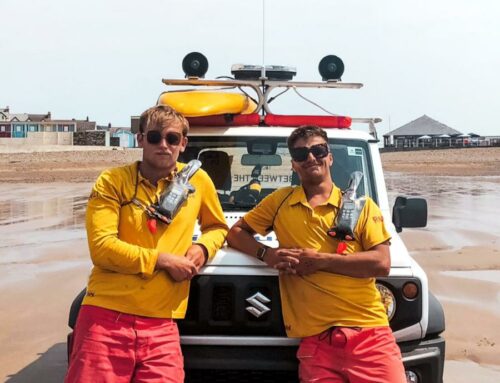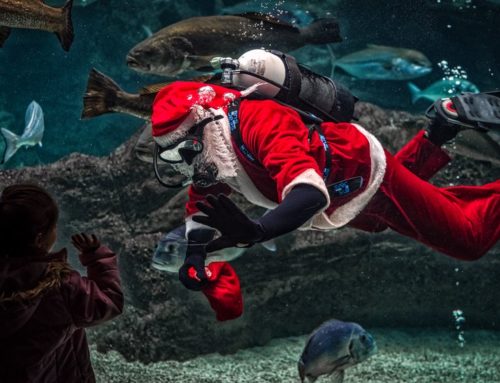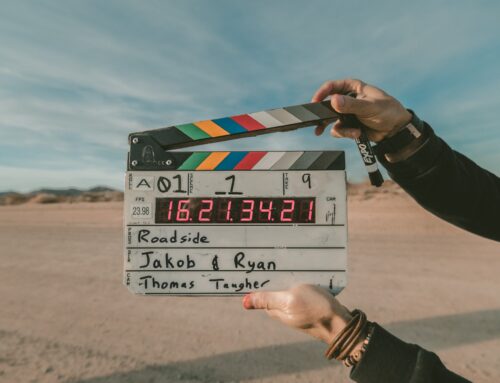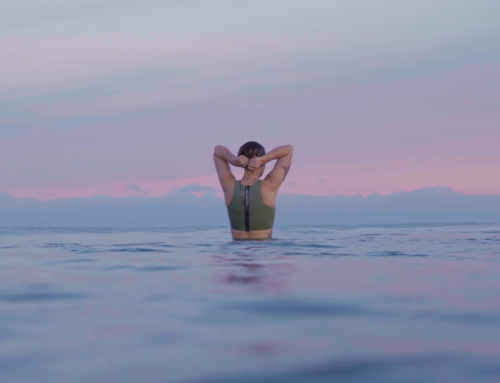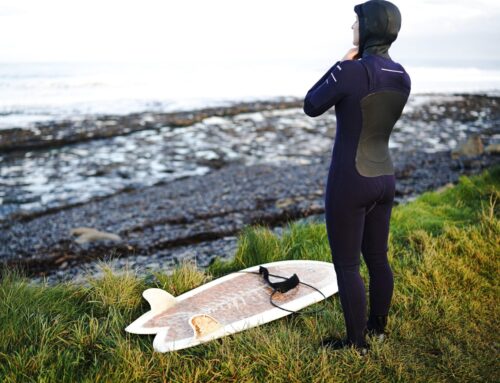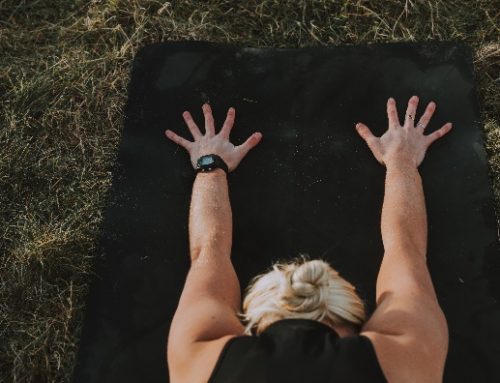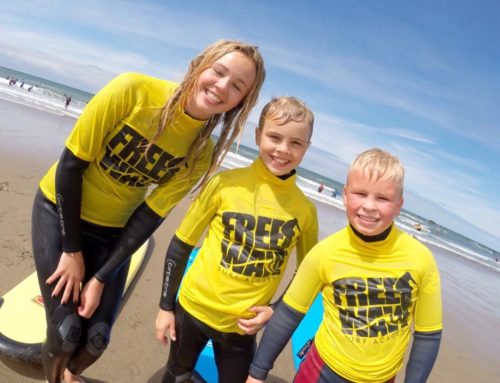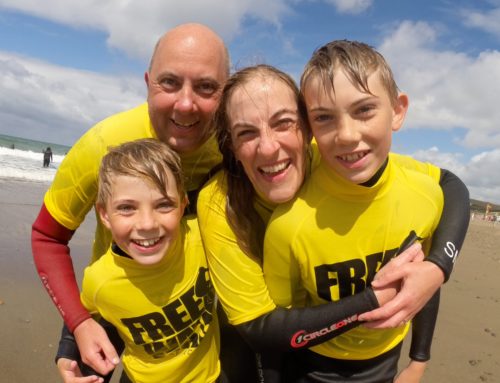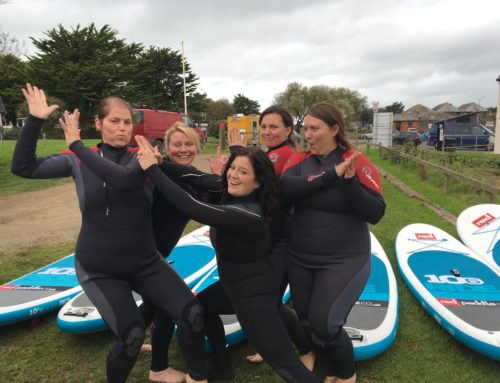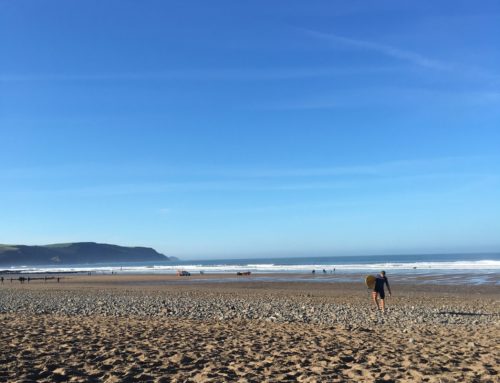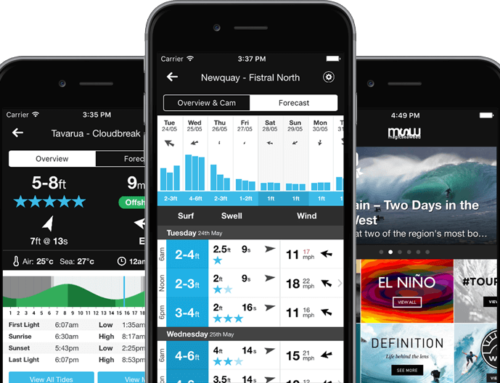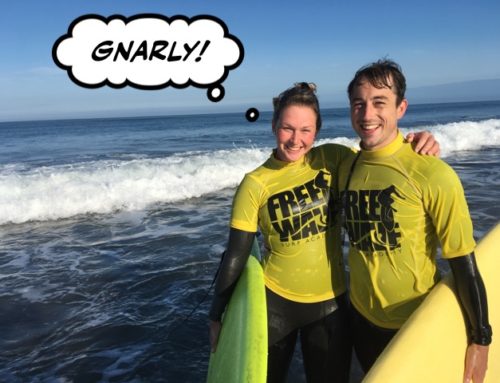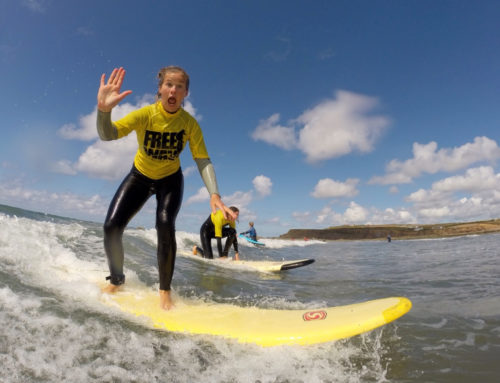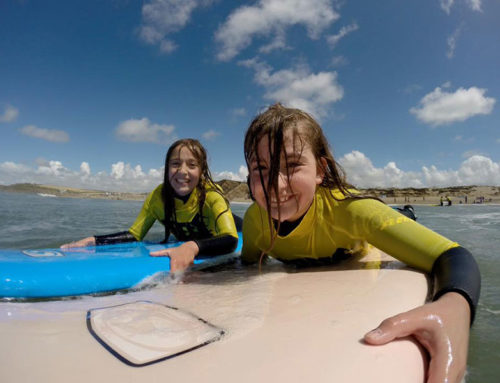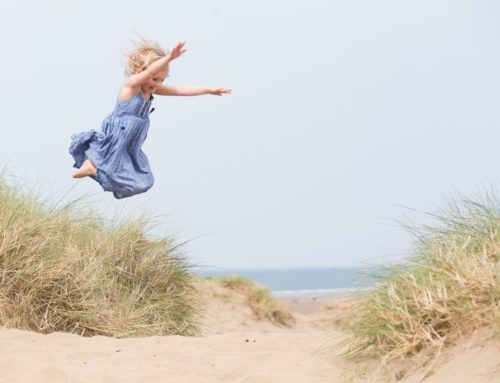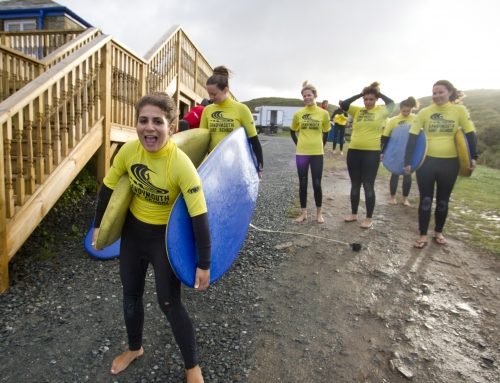Everybody needs sunscreen!
Sunscreen isn’t just for blistering hot days or holidays. Savvy surfers wear protection all year round. I don’t mean to sound like your mum; but there are no excuses not to wear sunscreen with SPF, which stands for Sun Protection Factor. Surfers are more exposed to the sun’s rays than most due to the effect of the sun bouncing off the water. You can even get burned or sun-damaged on cloudy days – yes even here in Bude (Have we mentioned that it’s the hottest place in Cornwall?). Our skin is our biggest organ and chances are you look after your teeth or eyes with regular checks and precautions more than you do with your skin.
What to look out when choosing suncream for surfing:
- Eco Friendly or Reef Friendly as it is often labelled (see why below)
- Look out for a waterproof version, although no sunscreen is 100% waterproof it is best to get one that won’t wash off as you are surfing…. not sunbathing!
- Aim for SPF of 30 or higher. SPF of 30 will block up to 97% of the sun’s rays. It is worth remembering that increasing the SPF doesn’t give you longer between application times
- It isn’t just about the SPF it is also about broad-spectrum protection (that rhymes!) – that’s the UV bit
- A high Star Rating of 4 or more
What is UVA?
According to the British Association of Dermatologists (BAD) UV irradiation in the form of UVA is associated with skin ageing. UVA affects the elastin in the skin and leads to wrinkles and sun-induced skin ageing (for example coarse wrinkles, leathery skin and brown pigmentation), as well as skin cancer. UVA can penetrate window glass and penetrates the skin more deeply than UVB. UVA protection in a sunscreen will help defend the skin against photo-ageing and potentially skin cancer.
What is UVB?
UVB is the form of UV irradiation most responsible for sunburn and has strong links to malignant melanoma and basal cell carcinoma risk (types of skin cancer). A sunscreen with a high SPF (sun protection factor) will help block UVB rays and prevent the skin from burning, and by extension damage that can cause skin cancer.
Chemical or mineral?
This is a personal choice but as surfers, we have to deal with plastic waste and the effects of pollution when we hit the water so it makes sense that we would not want to affect the delicate ecosystem with chemicals just because it is sunny when the surf is up. That said we also want to protect ourselves against skin cancer and many natural protections are not proven to be effective, some of this may be due to big pharmaceutical companies owning many of the chemical-based sunscreen brands – that is a discussion for another day! But just to note that some of the natural or mineral products may not have the word sunscreen on them, this is because they haven’t been lab-tested or don’t meet the regulations.
You’ll find sunscreens come in two different types, chemical absorber sunscreens or mineral blocker sunscreens. Put as simply as possible the chemical versions block the UV and the mineral act as a barrier or blocker preventing it from reaching the skin (which explains why natural or mineral sunscreen is a paste or paint texture). You’ll find ingredients such as zinc oxide and titanium dioxide in the mineral versions and words like oxybenzone (also causes widespread damage to reefs) homosalate, avobenzone, octisalate and octocrylene in a chemical sunscreen. With Hawaii being set to ban the sale of sunscreen containing two of the chemicals above, oxybenzone and octinoxate, due to the effect of sunscreen on their reefs we always try and go chemical-free.
Personally, here at Freewave, we go for an organic or natural all-over sunscreen such as Green People or Moo Goo (widely available in pharmacies, health food shops or online). I know the pharmacy here in Bude stocks Moo Goo for example.
Then for the extremities, we prefer a surf specific brand such as Manda organic paste which can be purchased from Zuma Jay surf shop in Bude
What is Star Rating?
Again we consulted the BAD who stated: When you currently buy sunscreen containing UVA protection in the UK you may notice a UVA star rating on the packaging. The stars range from 0 to 5 and indicate the percentage of UVA radiation absorbed by the sunscreen in comparison to UVB, in other words, the ratio between the level of protection afforded by the UVA protection and the UVB protection.
Be aware that if you choose a low SPF it may still have a high level of stars, not because it is providing lots of UVA protection, but because the ratio between the UVA and UVB protection is about the same.
That’s why it’s important to choose a high SPF as well as a high UVA protection (e.g. a high number of stars). Sunscreens that offer both UVA and UVB protection are sometimes called ‘broad-spectrum’. A sunscreen with an SPF of 30 and a UVA rating of 4 or 5 stars is generally considered as a good standard of sun protection in addition to shade and clothing.

How to best protect yourself:
- Apply 15-20 min before you hit the water
- Remember the extremities
- Use it even on cloudy days
- Don’t use the old stuff, if you found some supermarket suntan lotion in the back of the cupboard from a trip to Spain 4 years ago chances are that it’s effectiveness will be compromised. Look at the bottle and it will have Best Before guidance. We aren’t saying that you must buy a new bottle every summer but consider if it is still going to work.
- Steer away from the sprays. They get a bad rep for a couple of reasons – and ones linked to their benefit; convenience. It is more difficult to be sure you have even coverage with a spray as it is clear and fine, you are more likely to miss bits and burn. There are also some reports that the aerosol or pump makes it more likely to be inhaled and most sunscreen is a mix of chemicals you really want to avoid consuming.
- Don’t think its one bottle does everything. Sunblock is different to sunscreen and what you apply to your feet, hands and torso or legs in summer is different to what you should apply to your head, nose and ears.
- Layer up. I have found it best to put on a liquid SPF 30 or 40 as I am getting ready to jump in the van then as I park up I apply a sunblock stick to my ears, cheeks, nose and tops of my feet, by the time I have paid to park or hiked to the beach down the coastal path 20-30 minutes has gone by and I am good to go.
- It is good to try and find something that works for you that isn’t greasy as no one wants a slippy board.
- Try it out on a cloudy day first before hitting the beach in a heatwave. Have a trial run and don’t stay out for hours then check if you reached all the bits you needed to and if the SPF and type of sunscreen is right for you.
Finally –It is worth noting that no sunscreen or sunblock is 100% effective, you need to apply it regularly and correctly but even then, it isn’t a golden ticket so always be safe and check-out any skin issues with your GP. Know what any moles, skin tags and blemishes look like and check if they have changed in appearance.
